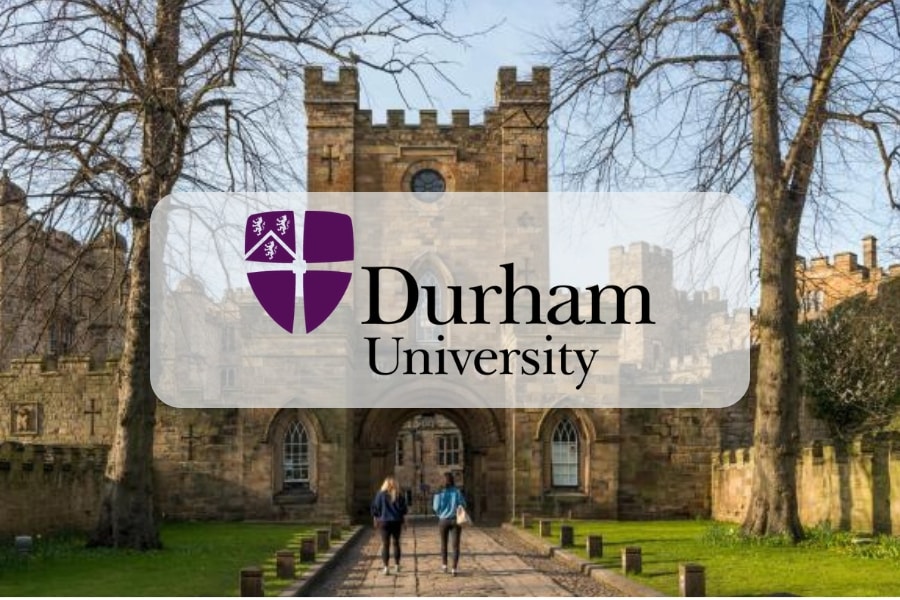consultant expert dr mohamed taha Translation Students’ Use of Dictionaries: A Hong Kong Case Study for Chinese to English Translation
On Sale
$0.00
$6.99
consultant expert dr mohamed taha
Translation Students’ Use of Dictionaries:
A Hong Kong Case Study for
Chinese to English Translation
ABSTRACT
The use of the dictionary and translation are both common language experiences. The
dictionary is an indispensable tool to translating. Yet dictionary skills are grossly
neglected in translator training, which assumes that students have acquired all the
necessary knowledge and skills before training. In order to reveal the situation in Hong
Kong, this case study attempts to investigate the dictionary use pattern of 107
translation students from five local universities for Chinese to English translation, and
the dictionary consultation process of four respondents. Triangulation methods were
employed: questionnaire survey, interview, think-aloud protocol, and performance
exercise. A coding system for think-aloud protocols has been adopted from Thumb
(2004), with modifications for Chinese-English dictionary use for production. Results
found that most of the respondents had not been trained to use the Chinese-English
dictionary, and that they had difficulties in using it for Chinese to English translation.
Curricular assessment discovered a gap between student needs in dictionary skills and
the curriculum. Pedagogical recommendations are made, and the notion of Dictionary
Use Competence is proposed for translation students, while dictionary skills should be
treated as a learning strategy across the curriculum from the primary to university levels.
The study contributes to the teaching and learning of dictionary skills, with special
relevance to Chinese-English translation, and to the research on dictionary use for
production in terms of the language combination of Chinese/English, and to the method
of introspection.
الخبير الاستشاري د محمد طه
استخدام طلاب الترجمة للقواميس:
دراسة حالة هونج كونج لـ
الترجمة من الصينية إلى الإنجليزية
نبذة مختصرة
يعتبر استخدام القاموس والترجمة من الخبرات اللغوية الشائعة. ال
القاموس هو أداة لا غنى عنها للترجمة. ومع ذلك ، فإن مهارات القاموس فظيعة
مهملة في تدريب المترجم ، والذي يفترض أن الطلاب قد حصلوا على كل
المعرفة والمهارات اللازمة قبل التدريب. من أجل الكشف عن الوضع في هونغ
كونغ ، تحاول دراسة الحالة هذه التحقيق في نمط استخدام القاموس 107
طلاب الترجمة من خمس جامعات محلية للترجمة الصينية إلى الإنجليزية ، و
عملية التشاور القاموس لأربعة مستجيبين. طرق التثليث كانت
الموظفون: مسح استبيان ، مقابلة ، بروتوكول التفكير بصوت عالٍ ، والأداء
ممارسه الرياضه. تم اعتماد نظام ترميز لبروتوكولات التفكير بصوت عالٍ من Thumb
(2004) ، مع تعديلات لاستخدام قاموس الصينية-الإنجليزية للإنتاج. نتائج
وجدت أن معظم المستجيبين لم يتم تدريبهم على استخدام الصينية-الإنجليزية
القاموس ، وأنهم واجهوا صعوبات في استخدامه للترجمة من الصينية إلى الإنجليزية.
اكتشف تقييم المناهج وجود فجوة بين احتياجات الطلاب في مهارات القاموس و
المناهج الدراسية. يتم تقديم التوصيات التربوية ، ومفهوم القاموس
استخدام الكفاءة يُقترح لطلاب الترجمة ، بينما يجب أن تكون مهارات القاموس كذلك
يتم التعامل معها كاستراتيجية تعلم عبر المناهج الدراسية من المستوى الابتدائي إلى المستوى الجامعي.
تساهم الدراسة في تعليم وتعلم مهارات القاموس بشكل خاص
ذات الصلة بالترجمة الصينية-الإنجليزية ، والبحث عن استخدام القاموس
الإنتاج من حيث تركيبة اللغة الصينية / الإنجليزية ، والطريقة
من الاستبطان.
Translation Students’ Use of Dictionaries:
A Hong Kong Case Study for
Chinese to English Translation
ABSTRACT
The use of the dictionary and translation are both common language experiences. The
dictionary is an indispensable tool to translating. Yet dictionary skills are grossly
neglected in translator training, which assumes that students have acquired all the
necessary knowledge and skills before training. In order to reveal the situation in Hong
Kong, this case study attempts to investigate the dictionary use pattern of 107
translation students from five local universities for Chinese to English translation, and
the dictionary consultation process of four respondents. Triangulation methods were
employed: questionnaire survey, interview, think-aloud protocol, and performance
exercise. A coding system for think-aloud protocols has been adopted from Thumb
(2004), with modifications for Chinese-English dictionary use for production. Results
found that most of the respondents had not been trained to use the Chinese-English
dictionary, and that they had difficulties in using it for Chinese to English translation.
Curricular assessment discovered a gap between student needs in dictionary skills and
the curriculum. Pedagogical recommendations are made, and the notion of Dictionary
Use Competence is proposed for translation students, while dictionary skills should be
treated as a learning strategy across the curriculum from the primary to university levels.
The study contributes to the teaching and learning of dictionary skills, with special
relevance to Chinese-English translation, and to the research on dictionary use for
production in terms of the language combination of Chinese/English, and to the method
of introspection.
الخبير الاستشاري د محمد طه
استخدام طلاب الترجمة للقواميس:
دراسة حالة هونج كونج لـ
الترجمة من الصينية إلى الإنجليزية
نبذة مختصرة
يعتبر استخدام القاموس والترجمة من الخبرات اللغوية الشائعة. ال
القاموس هو أداة لا غنى عنها للترجمة. ومع ذلك ، فإن مهارات القاموس فظيعة
مهملة في تدريب المترجم ، والذي يفترض أن الطلاب قد حصلوا على كل
المعرفة والمهارات اللازمة قبل التدريب. من أجل الكشف عن الوضع في هونغ
كونغ ، تحاول دراسة الحالة هذه التحقيق في نمط استخدام القاموس 107
طلاب الترجمة من خمس جامعات محلية للترجمة الصينية إلى الإنجليزية ، و
عملية التشاور القاموس لأربعة مستجيبين. طرق التثليث كانت
الموظفون: مسح استبيان ، مقابلة ، بروتوكول التفكير بصوت عالٍ ، والأداء
ممارسه الرياضه. تم اعتماد نظام ترميز لبروتوكولات التفكير بصوت عالٍ من Thumb
(2004) ، مع تعديلات لاستخدام قاموس الصينية-الإنجليزية للإنتاج. نتائج
وجدت أن معظم المستجيبين لم يتم تدريبهم على استخدام الصينية-الإنجليزية
القاموس ، وأنهم واجهوا صعوبات في استخدامه للترجمة من الصينية إلى الإنجليزية.
اكتشف تقييم المناهج وجود فجوة بين احتياجات الطلاب في مهارات القاموس و
المناهج الدراسية. يتم تقديم التوصيات التربوية ، ومفهوم القاموس
استخدام الكفاءة يُقترح لطلاب الترجمة ، بينما يجب أن تكون مهارات القاموس كذلك
يتم التعامل معها كاستراتيجية تعلم عبر المناهج الدراسية من المستوى الابتدائي إلى المستوى الجامعي.
تساهم الدراسة في تعليم وتعلم مهارات القاموس بشكل خاص
ذات الصلة بالترجمة الصينية-الإنجليزية ، والبحث عن استخدام القاموس
الإنتاج من حيث تركيبة اللغة الصينية / الإنجليزية ، والطريقة
من الاستبطان.




